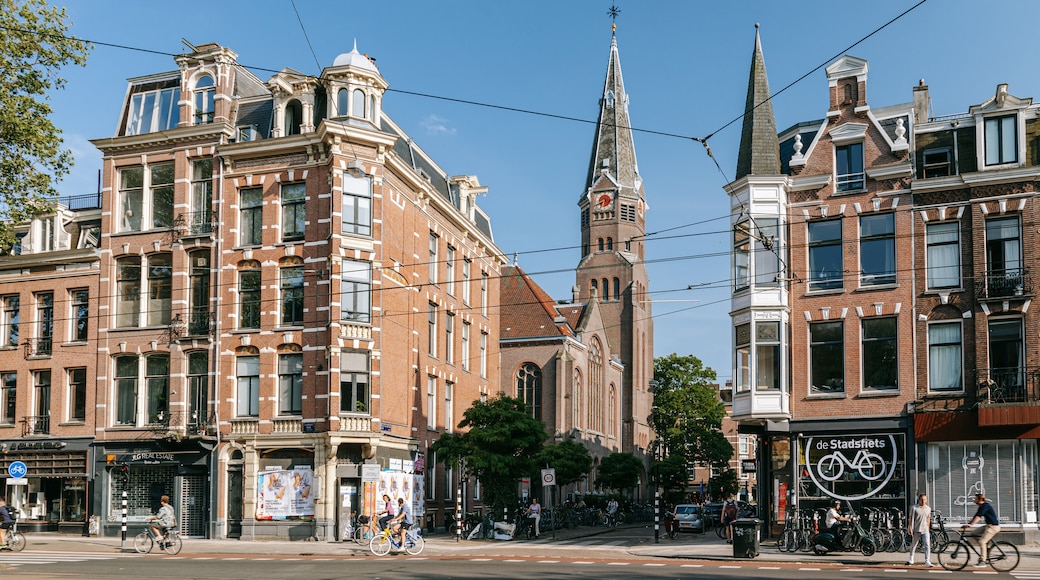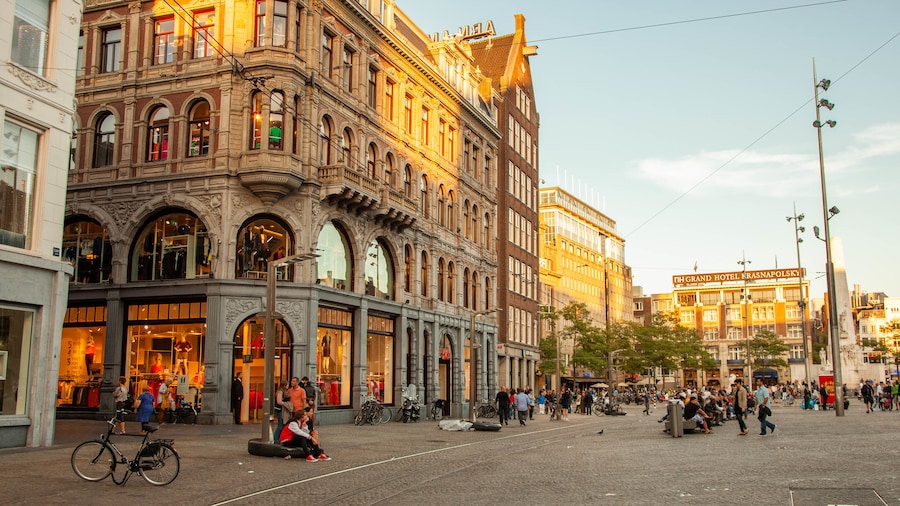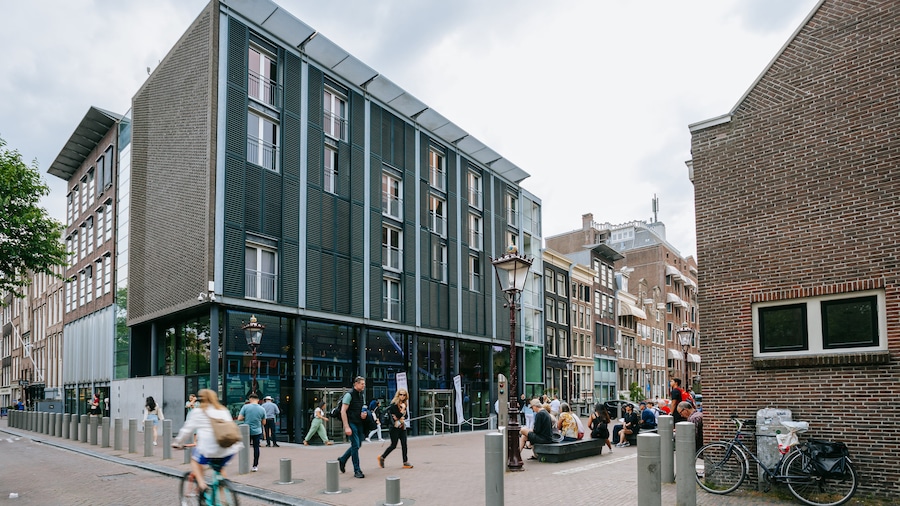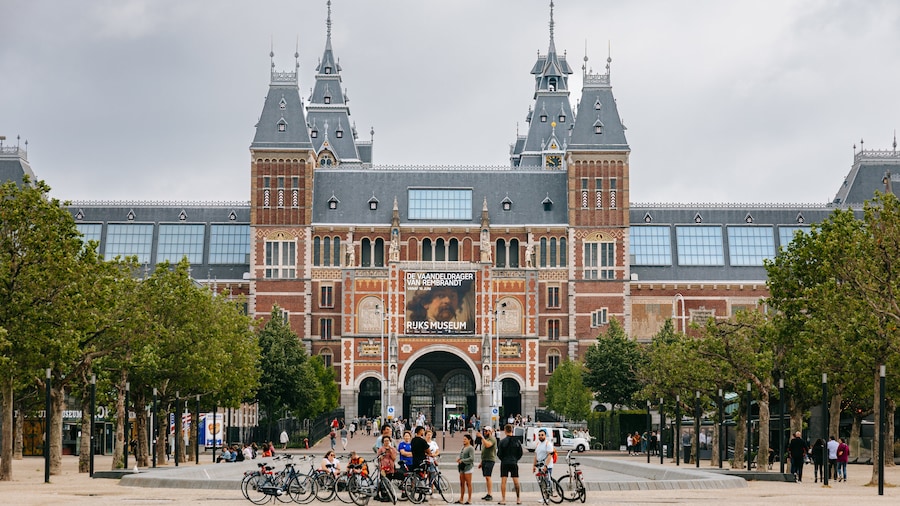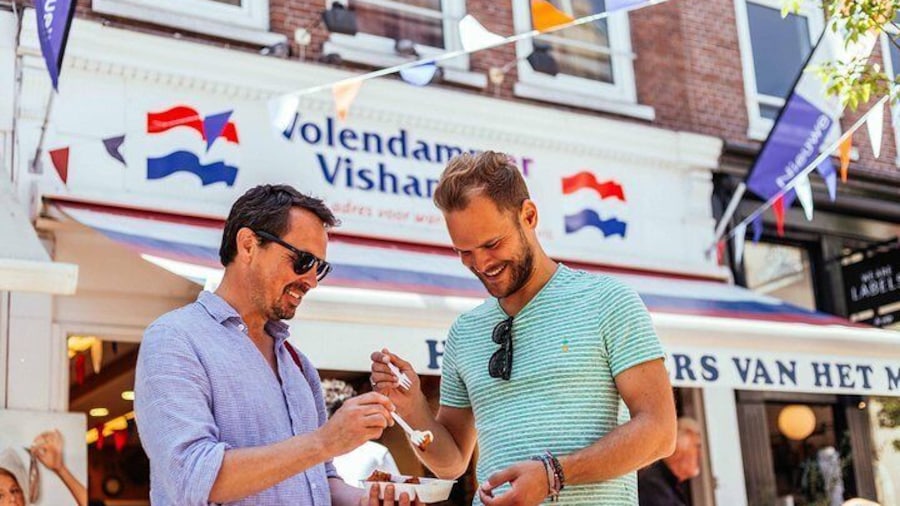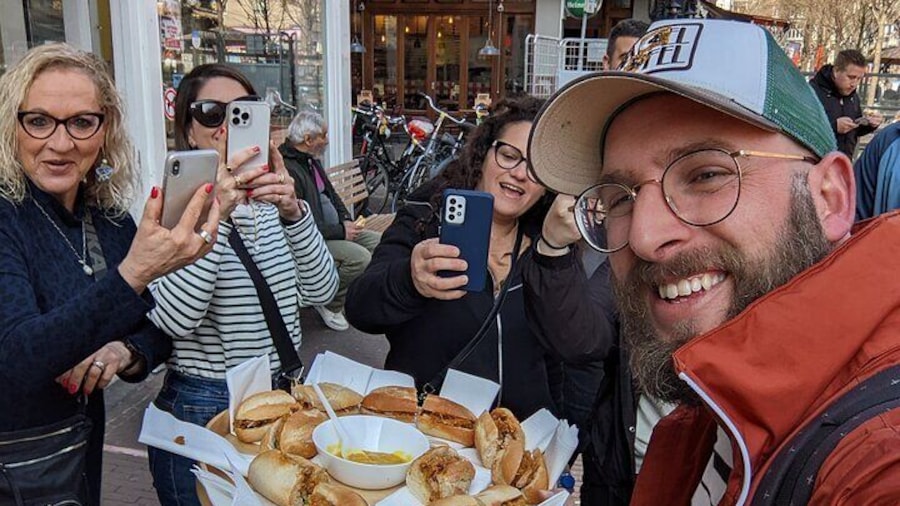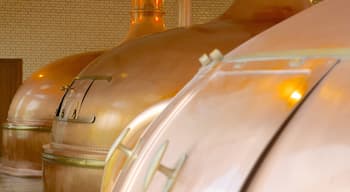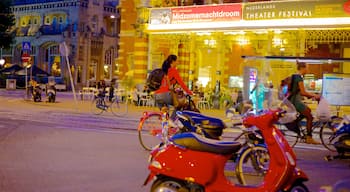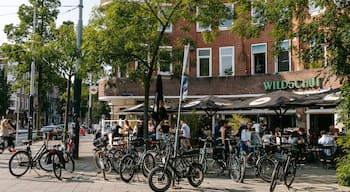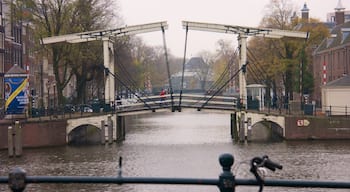Thought to be named for its long, straight streets, this district was once the residence of artists such as Mondrian and is now one of Amsterdam’s trendiest spots.
Wander amid the weeping willows and brilliant flowerbeds of Sarphatipark, take in the bustle and bargains of the Albert Cuyp Market, shop at intriguing antique stores, pop-up shops and unusual boutiques and taste some of the foodie delights Amsterdam’s many migrant groups have brought with them to De Pijp.
Amsterdam’s “Quartier Latin,” De Pijp, has retained the ambiance and charm of its bohemian days when students and artists flocked to the low-cost accommodation of the former working-class quarter. Mondrian, famous for his modern artworks of black lines and blocks of primary colour, worked in an attic room of De Pijp. Note that many of the streets are named after famous Dutch artists to reflect the district’s history.
The name De Pijp translates to “the pipe.” It is divided into Oude Pijp ("Old" Pijp) and Nieuwe Pijp ("New" Pijp) by the long Ceintuurbaan street, which is lined with 19th-century houses, cafés and gourmet restaurants. Have coffee in a former movie cinema, shop in a supermarket where products are grouped by recipe and enjoy fresh salads at one of the vegan cafés.
Some of Amsterdam’s best known and inexpensive Turkish, Surinamese, Moroccan and even Nordic restaurants are located in De Pijp. Seek out the multicultural shops and restaurants hidden behind the many stalls of the Albert Cuyp Market. Albert Cuypstraat is a street worth checking out for people-watching and observing humorous exchanges between stallholders and market-goers.
If you’re travelling with kids, head to the Sarphatipark’s playground or take them to the Kinderboerderij de Pijp in the Nieuwe Pijp, where they can pet pigs, rabbits, guinea pigs and chickens and enjoy farmyard activities.
Immerse yourself in beer history at the interactive Heineken Experience, housed in the former brewery, before a pub crawl through the backstreets of De Pijp. Find charming pubs with literally hundreds of beers on their menus. Though not nearly as famous as the Red Light District in de Wallen, De Pijp even has its own red light area along Ruysdaelkade.



